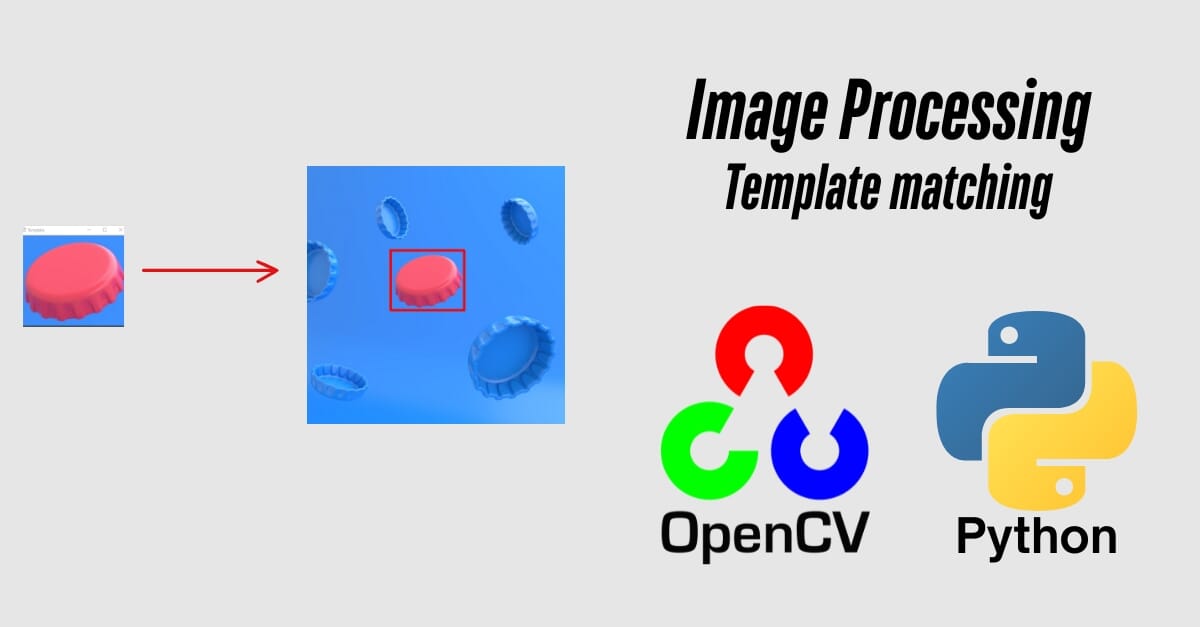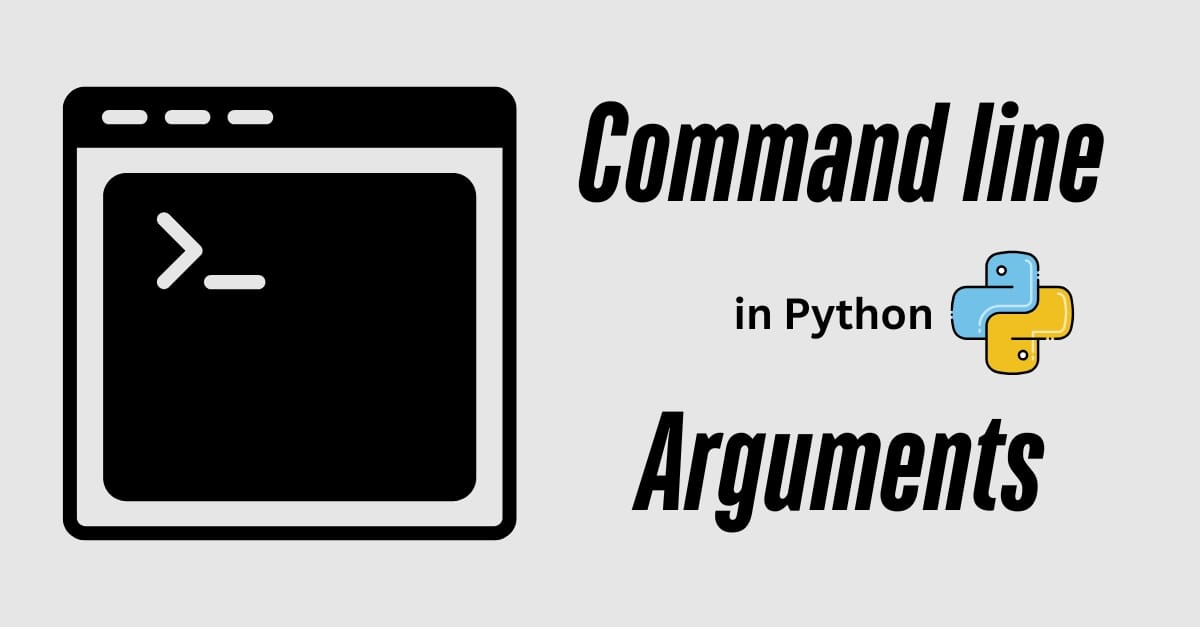Template Matching in Image Processing with Python
Template matching is a fundamental technique in image processing used to find a specific pattern or object in a larger image. This method involves comparing a smaller image, called a template, with regions of a larger image and calculating a similarity score to find the best match. It is widely used in various applications such as object detection, pattern recognition, and computer vision.
What is Template Matching?
Template matching is a method used to locate a template image within a larger image. The goal is to find areas of the image that are similar to the template. This technique is often used in situations where you need to identify specific objects or patterns in an image. For example, template matching can be used to find faces, logos, or specific shapes in an image.
How Does Template Matching Work?
Template matching works by sliding the template image over the larger image and computing a similarity score at each location. The similarity score is calculated using various methods, such as cross-correlation or squared differences. The location with the highest similarity score is considered the best match.
Steps to Perform Template Matching in Python
In Python, the OpenCV library provides a convenient way to perform template matching. Let's go through the steps involved in performing template matching using OpenCV.
1. Install OpenCV
If you haven't already installed OpenCV, you can install it using the following command:
pip install opencv-python2. Import Necessary Libraries
First, you need to import the required libraries:
import cv23. Load the Images
Load both the main image (the larger image where you want to find the template) and the template image:
main_image = cv2.imread('main_image.jpg', cv2.IMREAD_COLOR)
template = cv2.imread('template.jpg', cv2.IMREAD_COLOR)4. Choose a Matching Method
OpenCV provides several methods for template matching. The most common ones include:
cv2.TM_CCOEFF: Correlation coefficient matching.cv2.TM_CCOEFF_NORMED: Normalized correlation coefficient matching.cv2.TM_CCORR: Cross-correlation matching.cv2.TM_CCORR_NORMED: Normalized cross-correlation matching.cv2.TM_SQDIFF: Squared difference matching.cv2.TM_SQDIFF_NORMED: Normalized squared difference matching.
For this example, we will use cv2.TM_CCOEFF_NORMED, which normalizes the correlation coefficient.
5. Perform Template Matching
Use the cv2.matchTemplate function to perform template matching:
result = cv2.matchTemplate(main_image, template, cv2.TM_CCOEFF_NORMED)6. Find the Best Match
To find the location of the best match, use the cv2.minMaxLoc function:
min_val, max_val, min_loc, max_loc = cv2.minMaxLoc(result)The max_loc will give you the top-left corner of the matched region if you're using methods like TM_CCOEFF or TM_CCOEFF_NORMED. For methods like TM_SQDIFF, the best match will be at the minimum value, so you would use min_loc instead.
7. Draw a Rectangle Around the Match
Once you've found the best match, you can draw a rectangle around it to highlight the matched area:
h, w = template.shape[:2]
bottom_right = (max_loc[0] + w, max_loc[1] + h)
cv2.rectangle(main_image, max_loc, bottom_right, (0, 255, 0), 2)8. Display the Result
Finally, display the result using OpenCV's imshow function:
cv2.imshow('Matched Image', main_image)
cv2.waitKey(0)
cv2.destroyAllWindows()Sample Code
import cv2
# Step 1: Load the main image and template image
main_image = cv2.imread('main_image.jpg', cv2.IMREAD_COLOR)
template = cv2.imread('template.jpg', cv2.IMREAD_COLOR)
# Step 2: Choose the matching method (using normalized correlation coefficient)
method = cv2.TM_CCOEFF_NORMED
# Step 3: Perform template matching
result = cv2.matchTemplate(main_image, template, method)
# Step 4: Find the best match
min_val, max_val, min_loc, max_loc = cv2.minMaxLoc(result)
# Step 5: Draw a rectangle around the matched region
h, w = template.shape[:2]
bottom_right = (max_loc[0] + w, max_loc[1] + h)
cv2.rectangle(main_image, max_loc, bottom_right, (0, 255, 0), 2)
# Step 6: Display the result
cv2.imshow('Matched Image', main_image)
cv2.waitKey(0)
cv2.destroyAllWindows()
Template Matching Methods in Detail
As mentioned earlier, OpenCV provides several methods for template matching. Here's a brief overview of each:
- cv2.TM_CCOEFF: This method calculates the correlation coefficient between the template and the image. A high value indicates a good match.
- cv2.TM_CCOEFF_NORMED: This is a normalized version of the
TM_CCOEFFmethod, which helps to handle varying image intensities. - cv2.TM_CCORR: This method computes the cross-correlation between the template and the image.
- cv2.TM_CCORR_NORMED: A normalized version of
TM_CCORR. - cv2.TM_SQDIFF: This method computes the squared difference between the template and the image. A lower value indicates a better match.
- cv2.TM_SQDIFF_NORMED: A normalized version of
TM_SQDIFF.
Challenges and Limitations
While template matching is a powerful technique, it has several limitations:
- Scale Invariance: Template matching is sensitive to scale changes. If the object in the image is resized, the template may not match.
- Rotation Invariance: Template matching is not robust to rotation. If the object is rotated, the match may not be found.
- Lighting Conditions: Changes in lighting or shadows can affect the accuracy of template matching.
- Computational Cost: Template matching can be computationally expensive, especially for large images and templates.
Improving Template Matching
To overcome some of the limitations, you can try the following:
- Preprocessing: Preprocess the image and template by converting them to grayscale, applying edge detection, or adjusting the contrast.
- Resizing: Try resizing the template to match different scales of the object in the image.
- Feature Matching: For more robust matching, consider using feature-based methods like SIFT, SURF, or ORB, which can handle scale and rotation changes.
Applications of Template Matching
Template matching is widely used in various fields, including:
- Object Detection: Detecting specific objects or patterns in images.
- Face Recognition: Locating faces in images or videos.
- Quality Control: Automated inspection in manufacturing processes.
- Barcode Scanning: Scanning barcodes or QR codes in images.
Conclusion
Template matching is a simple yet effective technique for pattern recognition in image processing. While it has some limitations, it is still widely used in many applications. By understanding the different matching methods and overcoming challenges like scale and rotation, you can effectively use template matching for a wide range of tasks in computer vision.
Experiment with OpenCV's cv2.matchTemplate function and explore its various methods to get a better understanding of how template matching works. With some preprocessing and optimization, you can improve its performance for more complex tasks.







No comments yet. Be the first to comment!